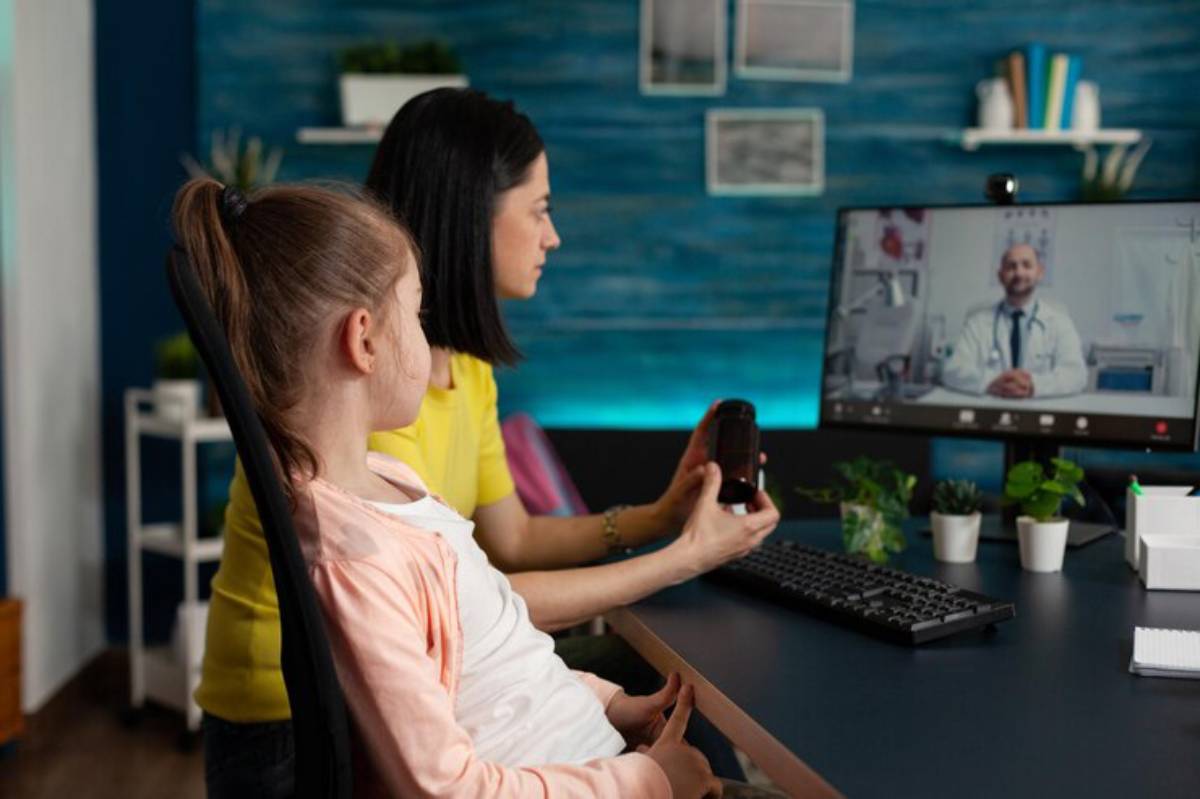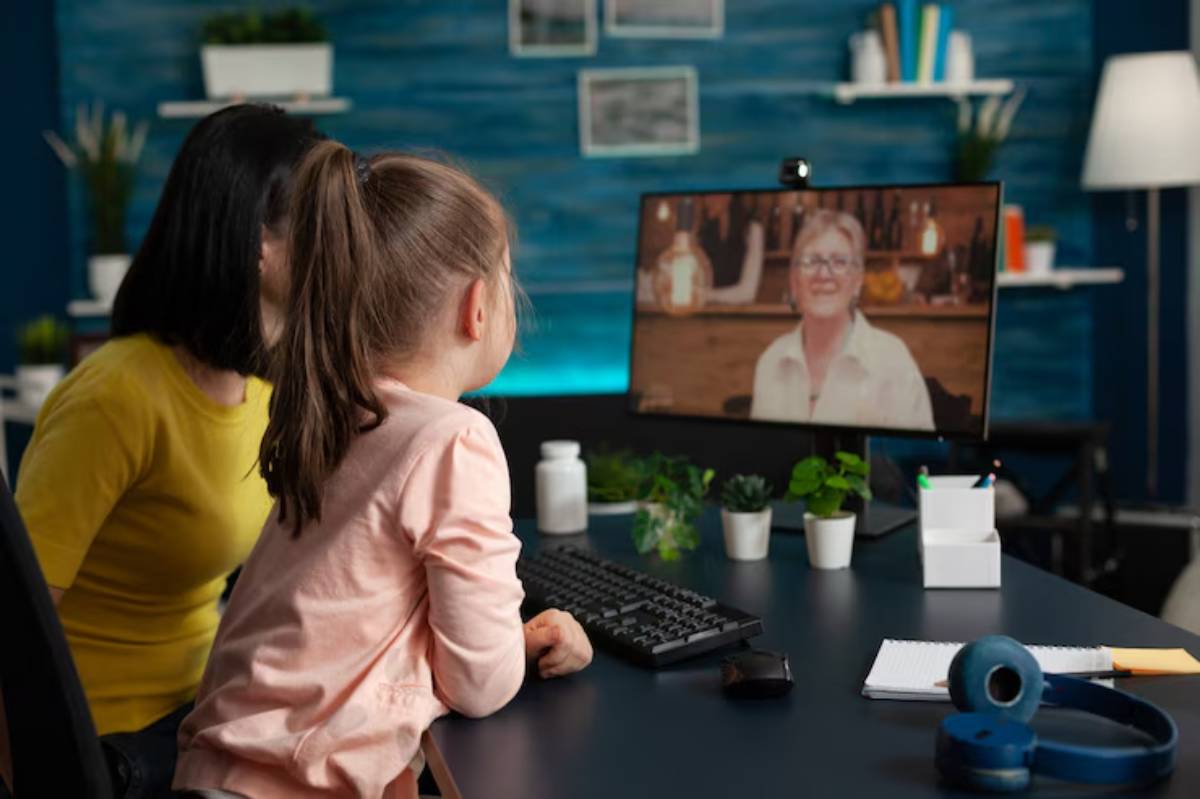The Education Blog

How to Access Therapy and Services While Homeschooling
You’ve chosen to homeschool because you believe it’s the best environment for your child. It gives you flexibility. Space. A chance to teach at their pace and on their terms. But what about the services they were getting — or would be getting — in school?
Speech therapy. Occupational therapy. Counselling. Specialist assessments. These aren’t just extras — they’re essentials for many children, especially those with learning differences, developmental delays, or behavioural needs.
So how do you access these kinds of educational support in a homeschool setting?
This guide will walk you through what services may still be available to you, how to navigate public and private options, and how to integrate therapy into your homeschool day without losing your mind — or your budget. Whether you’re just starting out or need a refresher, you’ll leave with a clearer view of what’s possible.
Understanding What Your Child Needs
Before searching for therapists or programmes, start by making a list of what your child actually needs right now.
Common Therapy Needs Among Homeschooled Children:
- Speech and Language: Pronunciation, comprehension, social communication
- Occupational Therapy (OT): Fine motor skills, sensory regulation, daily living tasks
- Physiotherapy: Coordination, movement, posture
- Behavioural or Mental Health Support: Anxiety, attention, executive function
- Educational Assessments: Dyslexia, ADHD, processing disorders, autism spectrum evaluations
This isn’t about ticking boxes — it’s about understanding your child’s strengths and struggles so you can find targeted help.
Can Homeschoolers Access Public Services?
The short answer? Often yes — but it depends on where you live.
In some regions, homeschooling families are legally entitled to equitable services through public school systems, especially if their child has been identified with a disability.
Public Services May Include:
- Speech or OT through your local school district
- Special education evaluations (sometimes even IEP consultations)
- Access to school-based therapists for specific goals
You may need to:
- Submit a request or evaluation application
- Register as a homeschooler under your local authority
- Provide evidence of need (previous reports, observations)
It’s worth contacting your local education department or board to explore what’s available. Don’t assume the door is closed — many families access homeschool therapy support through public systems with the right advocacy.
When and Why to Seek Private Services
If public support is limited or slow, private providers can often offer more tailored and timely services.
Benefits of Private Therapy:
- Flexible scheduling to fit your homeschool day
- Specialists experienced in neurodivergent or homeschooled learners
- Consistency (no changes each term or academic year)
- The ability to choose someone who fits your family’s values and goals
Where to Find Private Providers:
- Local therapy centres or multi-disciplinary clinics
- Independent practitioners (look for licensure or certification)
- Online directories (e.g., psychology associations, dyslexia support organisations)
- Teletherapy platforms (ideal for rural or busy families)
Some insurance plans cover these services, while others offer reimbursement with documentation. Be sure to ask about discounts for long-term clients or homeschoolers.
Exploring Teletherapy and Online Options

One of the silver linings of the digital shift in recent years is the growth of online therapy. Speech-language therapy, mental health counselling, executive function coaching — all can be delivered effectively via video calls.
Pros of Teletherapy:
- Zero commute — fits easily into your routine
- Access to specialists beyond your geographic area
- Often lower cost than in-person sessions
- Comfortable environment for anxious learners
Teletherapy is particularly helpful if your child thrives in the familiarity of home or struggles in clinical settings.
- A stable internet connection
- A quiet, distraction-free space
- A device with camera and audio
Online support can also supplement your homeschool IEP or learning plan, ensuring consistent progress even if in-person services aren’t an option.
How to Integrate Therapy Into Your Homeschool Day
Now comes the tricky part fitting therapy into your week without burning out or falling behind in academics.
Smart Integration Tips:
- Block therapy into your daily schedule just like any other subject
- Avoid back-to-back intensive activities (e.g., no maths quiz right after OT)
- Use therapy goals to guide lessons (e.g., handwriting practice through OT-informed strategies)
- Keep a simple log of what was done — this can help with progress reviews
Think of therapy as part of learning, not separate from it. Speech is literacy. OT is handwriting and independence. Emotional support is readiness to learn.
Collaborating with Therapists and Specialists

You’re the main teacher — but you don’t have to be an expert in everything. One of the biggest benefits of accessing therapy is gaining guidance from professionals who can help you support your child more effectively.
How to Build Productive Partnerships:
- Ask for home-based strategies you can use between sessions
- Share academic observations (e.g., writing fatigue, memory issues)
- Invite therapists to contribute to your IEP or learning goals
- Keep communication open — you’re a team
Over time, this collaboration builds your confidence as a parent-teacher and helps your child make more consistent progress.
What About Support Groups and Peer Networks?
Sometimes, what you need most isn’t therapy — it’s connection. Homeschooling special needs children can be isolating, especially when others don’t understand the emotional and logistical load you carry.
Look for:
- Local parent support groups (sometimes run through libraries, faith centres, or education hubs)
- Special needs homeschool co-ops
- Online groups focused on ADHD, autism, or dyslexia in homeschool settings
- Meetups through therapy centres or nonprofits
These groups offer more than moral support. Many share therapist recommendations, review services, and even co-organise group therapy sessions or activities.
You can explore more on this through joining homeschool co-ops and support groups that align with your child’s needs and your educational approach.
Funding Options and Financial Support
Therapy can be costly — especially without insurance or public provision. But you’re not necessarily stuck paying out-of-pocket.
Possible Funding Sources:
- Insurance reimbursement or HSA/FSA funds (check your provider)
- Local disability services or children’s mental health initiatives
- Charities and non-profits (some offer grants or subsidised sessions)
- Therapy student clinics (discounted services supervised by professionals)
- Home education allowances or SEND-specific funding (varies by region)
It may take some paperwork and patience, but don’t assume support isn’t available — ask, apply, and advocate.
Know When to Take a Break
Sometimes, in our efforts to “get it right,” we overload the calendar. But therapy, like education, works best when your child is regulated, rested, and receptive.
Signs It Might Be Time to Pause or Reschedule:
- Increasing meltdowns or avoidance
- Plateauing or regressing despite effort
- Emotional burnout — for your child or for you
It’s okay to scale back. You might focus on one type of therapy for a few months, then rotate. Or shift to a home-based focus for a season. The key is flexibility — and kindness to yourself.
Services Should Support You, Not Stress You
Accessing therapy and external services while homeschooling isn’t just possible — it’s powerful. With the right combination of public resources, private help, and home-based strategies, you can create a support system that meets your child where they are and helps them grow.
And remember: you don’t have to do it all at once. Start with one area. Reach out to one provider. Add one block to your schedule. Bit by bit, it will come together.
You’re not just educating — you’re empowering. And with the right services behind you, you’re giving your child the strongest foundation possible.









